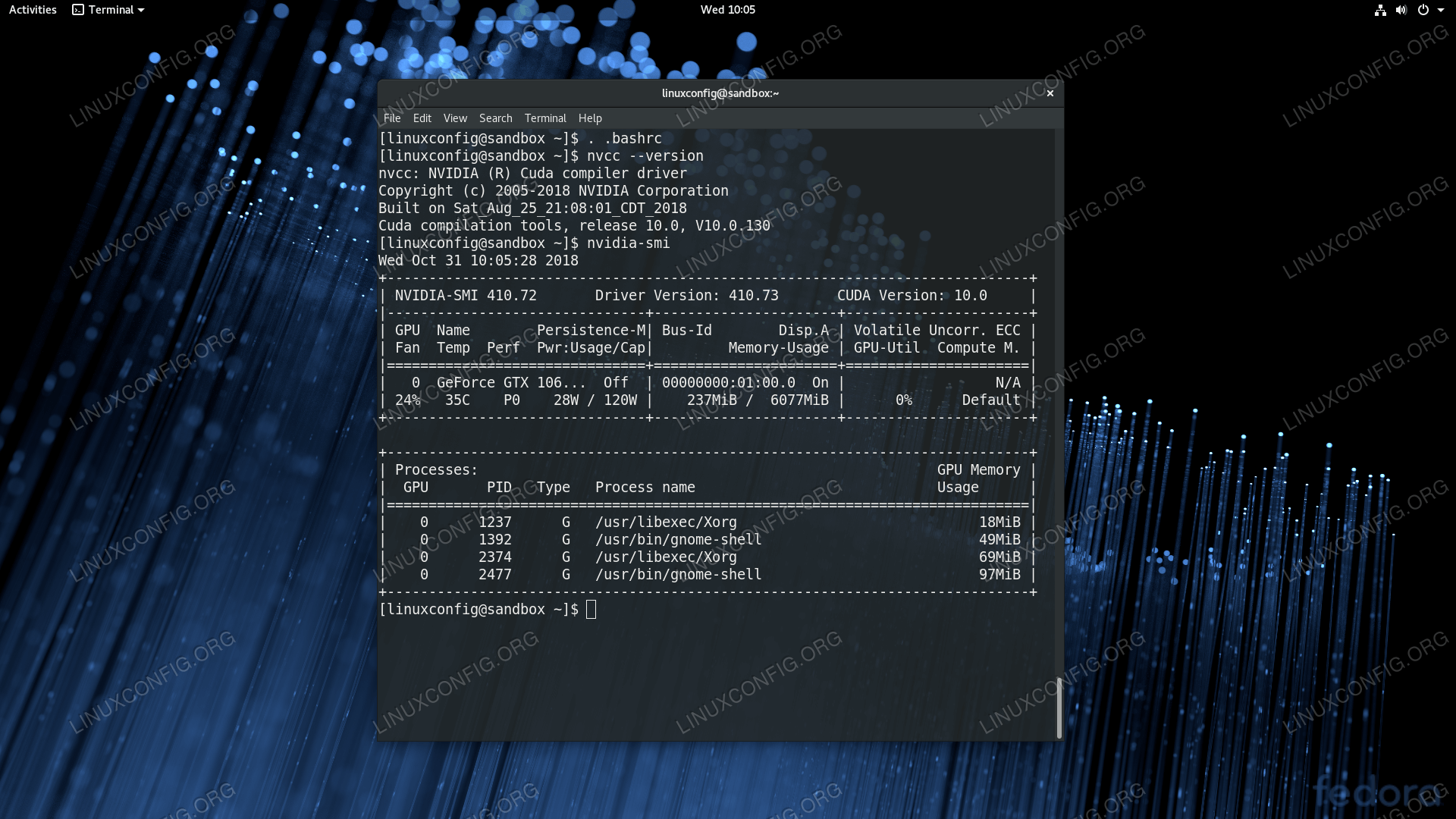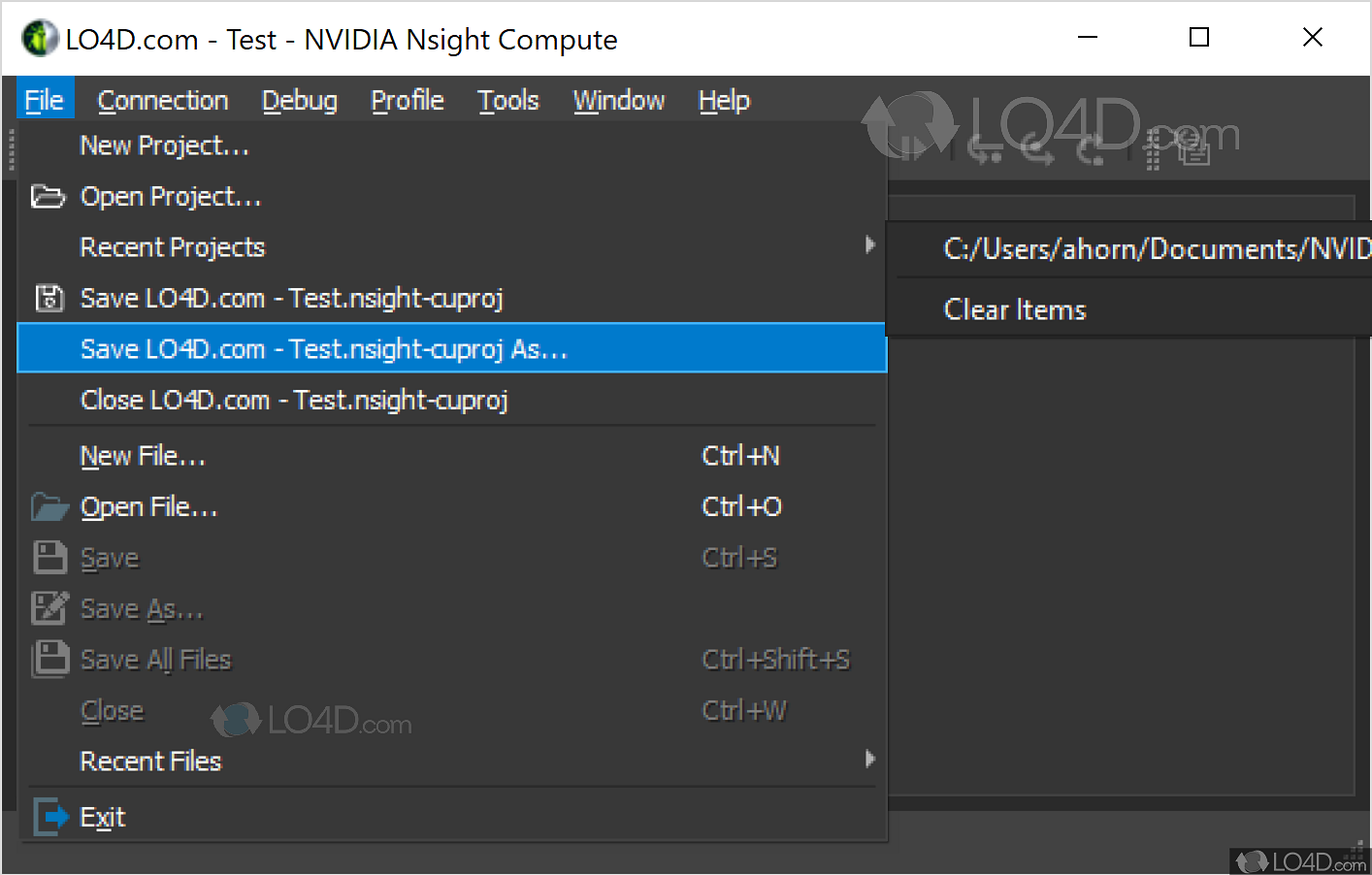

- #Nvidia cuda toolkit 3.2 how to#
- #Nvidia cuda toolkit 3.2 64 Bit#
- #Nvidia cuda toolkit 3.2 code#
- #Nvidia cuda toolkit 3.2 download#
#Nvidia cuda toolkit 3.2 download#
Unsigned int hiword = (unsigned int) (圆4>32) NVIDIA CUDA Toolkit 5.5.20 64-bit DOWNLOAD NOW 3,386 downloads Description Free Download n/a New Features: - Adds support for Linux on the ARMv7 Architecture. Unsigned int loword = (unsigned int) 圆4 // truncates to locate low 32 bits
#Nvidia cuda toolkit 3.2 code#
Eventually I should rewrite it all in PTX but it’d be nice if the CUDA code were sufficient.įor example you may have unsigned long 圆4 = something() I do this kind of low level data updates in my PRNG code.
#Nvidia cuda toolkit 3.2 64 Bit#
While talking about swizzling, I wonder if there’s an efficient way to swizzle out access to the high and low words of a 64 bit integer? It should be a 0 cost conversion, sort of like _float_as_int. I suspect it does, since swizzling like this is common in Cg and shaders.

I haven’t checked the PTX… I’m not sure if this reduces to a single-op intrinsic or not. It’s usually not a big efficiency problem, but it’s just nice to replace 4 lines of code filled with shifts and masks with a single line. I’m especially happy that this is here since I’ve had to do such reordering. You could of course do this with shifts and masks but it looks like this is a builtin op! SSE intrinsics on CPUs have similar swizzlers. This lets you reorder or duplicate bytes sampled from two different 4-byte words. I never noticed since it’s just a short entry in the programming guide. to Video Codec SDK 8.0.14 afir audio filter scalecuda CUDA based video scale filter. It looks like 3.2 snuck in a simple new intrinsic, a “swizzle” operator. NVIDIA NVDEC-accelerated H.264, HEVC, MJPEG, MPEG-1/2/4, VC1. The CUDA Toolkit 3.2 is available to download for Windows, Mac OS X and Linux.Sometimes you find hidden nuggets that aren’t in change lists…
#Nvidia cuda toolkit 3.2 how to#
cudaEncode, showing how to use the NVIDIA H.264 Encoding Library using YUV frames as input.You will need the CUDA toolkit installed. SLI with Direct3D Texture, a simple example demonstrating the use of SLI and Direct3D interoperability with CUDA C Numba supports CUDA GPU programming by directly compiling a restricted subset of Python.Bilateral Filter, an edge-preserving non-linear smoothing filter for image recovery and denoising implemented in CUDA C with OpenGL rendering.Simple Printf, demonstrating best practices for using both printf and cuprintf in compute kernels.Interval Computing, demonstrating the use of interval arithmetic operators using C++ templates and recursion.Function Pointers, a sample that shows how to use function pointers to implement the Sobel Edge Detection filter for 8-bit monochrome images.Conjugate Gradient Solver, demonstrating the use of CUBLAS and CUSPARSE in the same application.Several code samples demonstrating how to use the new CURAND library, including MonteCarloCURAND, EstimatePiInlineP, EstimatePiInlineQ, EstimatePiP, EstimatePiQ, SingleAsianOptionP, and randomFog.There are also some new SDK code samples: Debugging support has also been extended to multi-GPU setups in gdb and Parallel Nsight. The H.264 encode/decode library is also now included with the Toolkit. Matrix manipulation is up to 300% faster, the Fast Fourier Transform is faster at 2x to 10x and so is random number generation.

It features significant speed increases for Fermi GPUs (GeForce 400/500). The new release of the CUDA Toolkit from nvidia is worth knowing about.


 0 kommentar(er)
0 kommentar(er)
